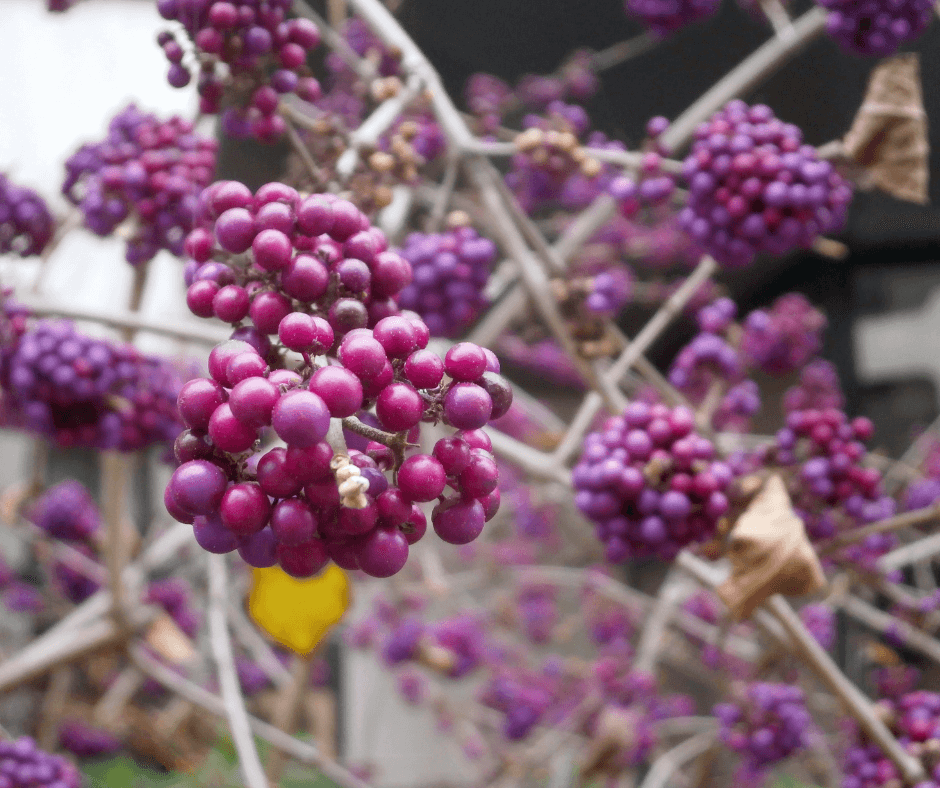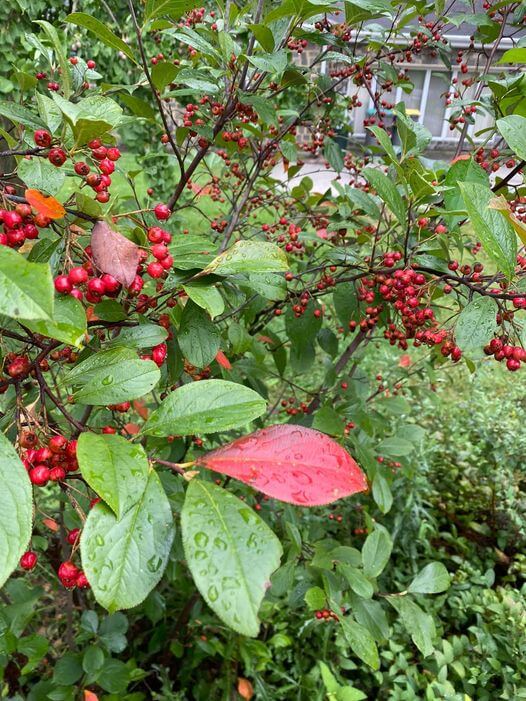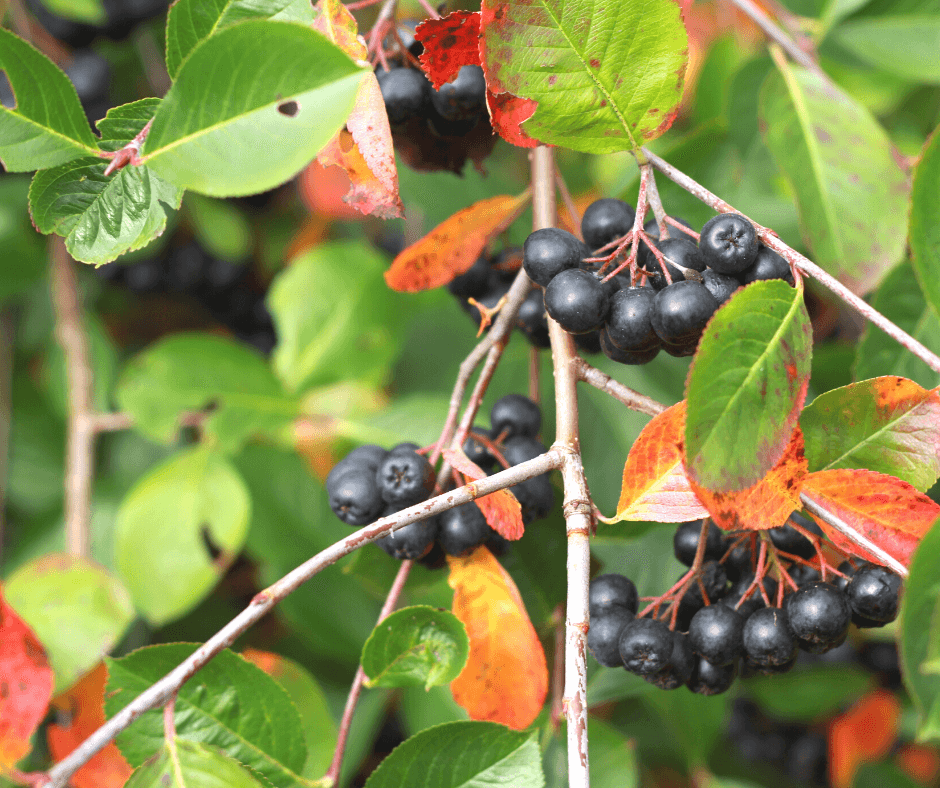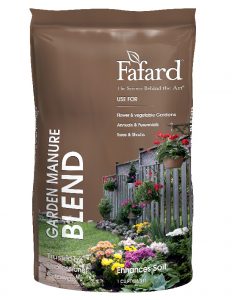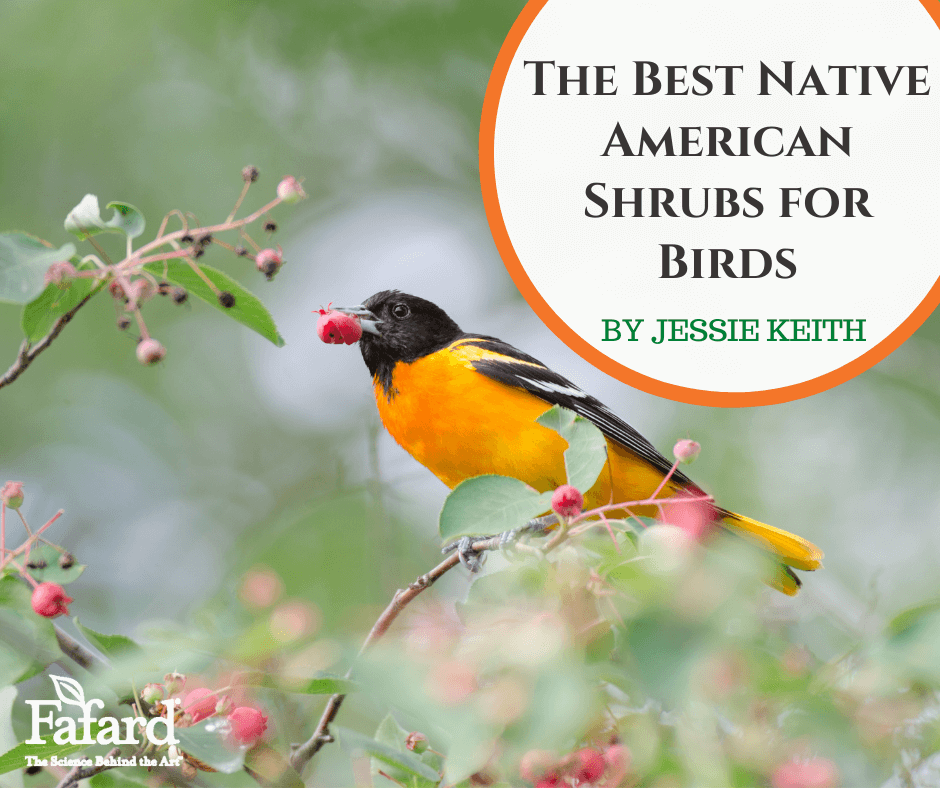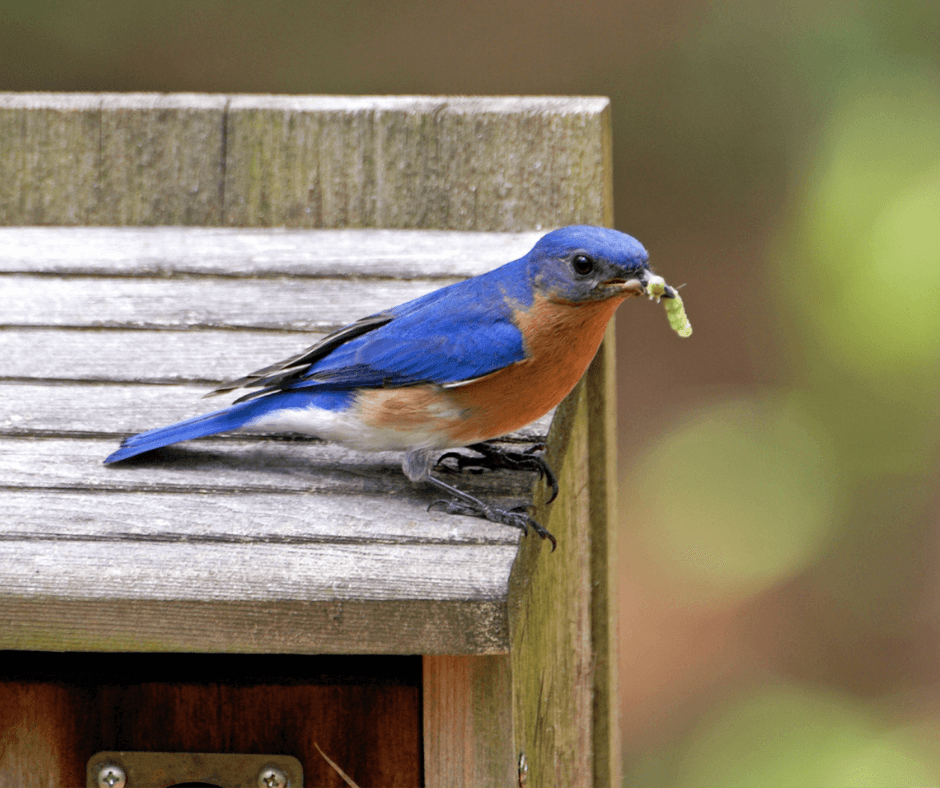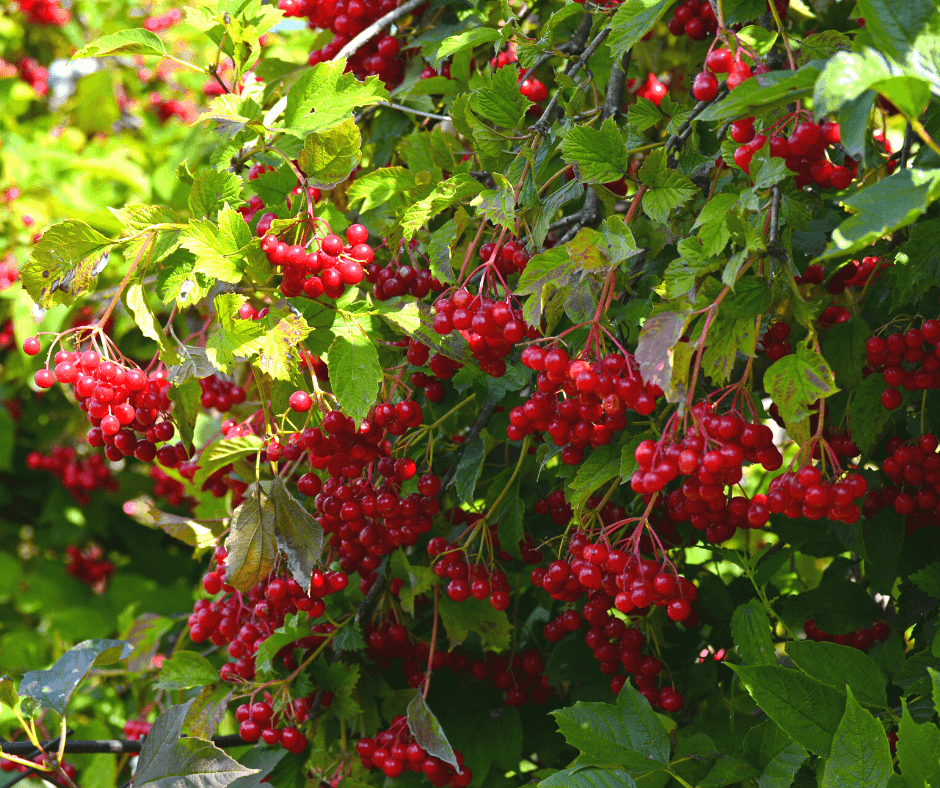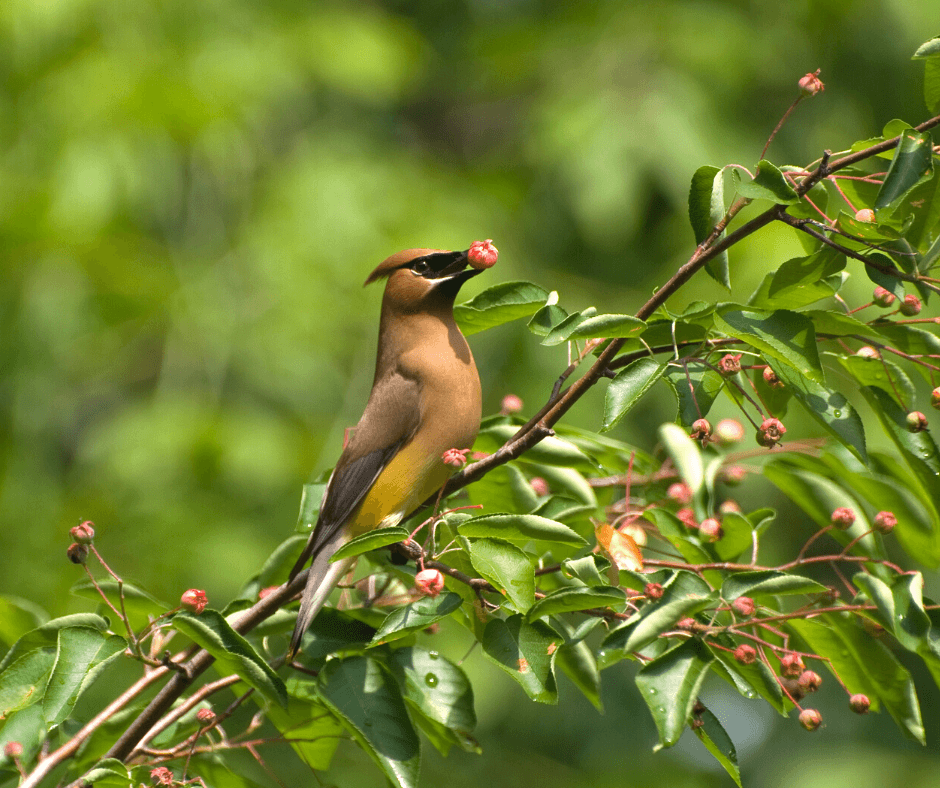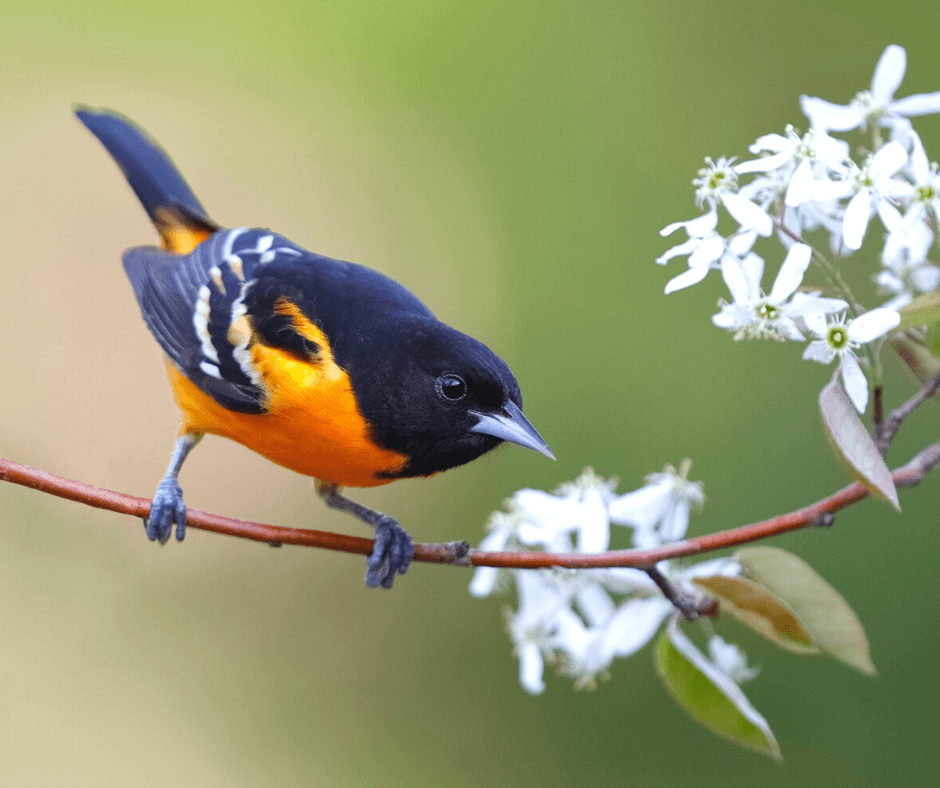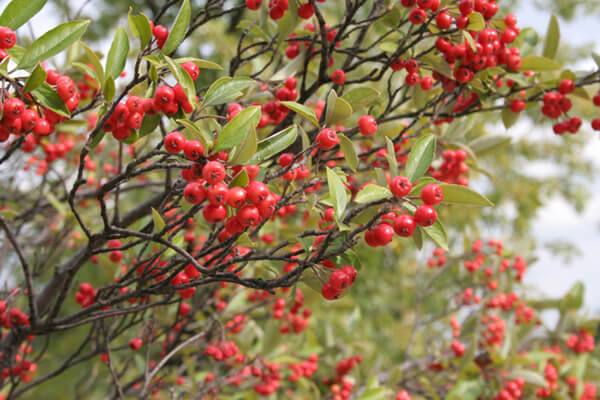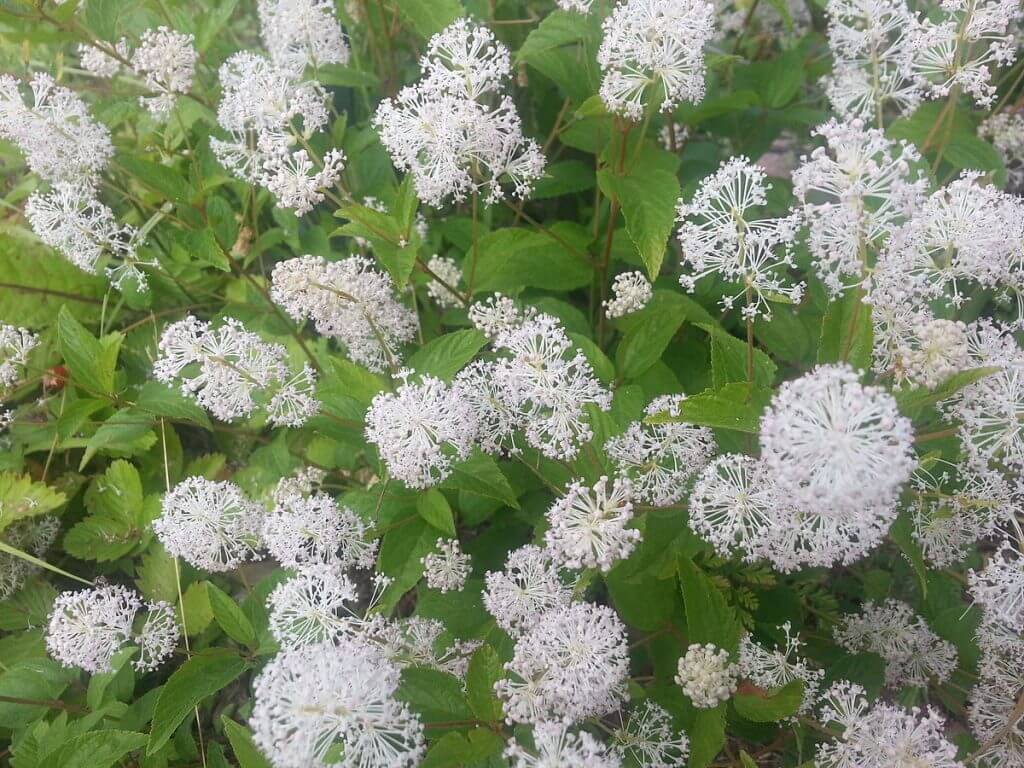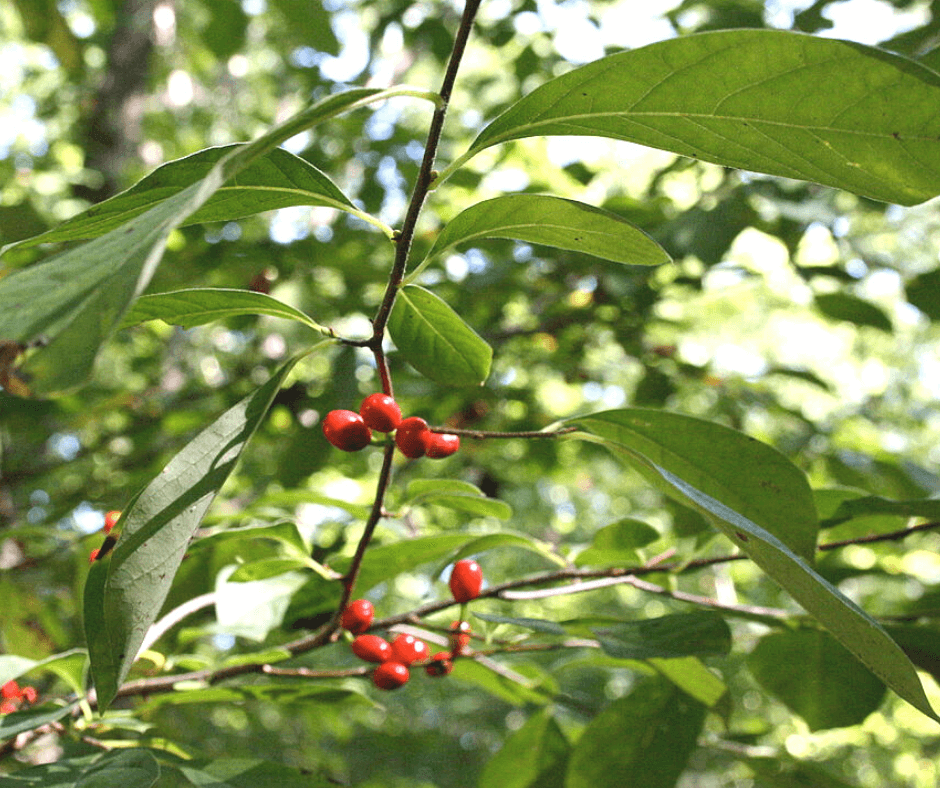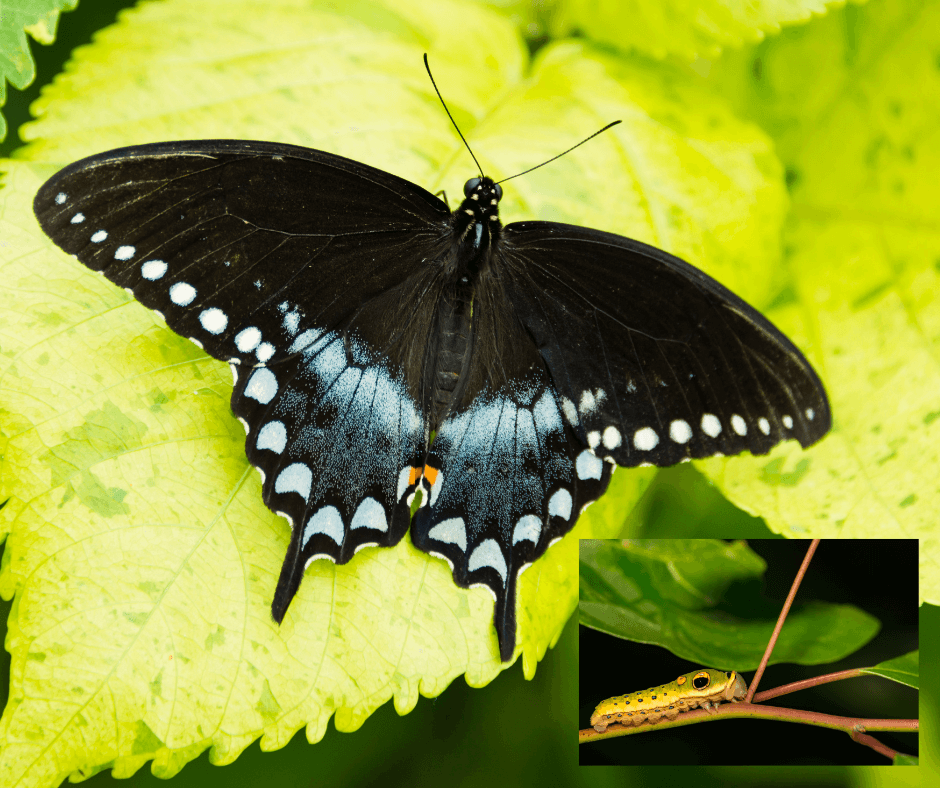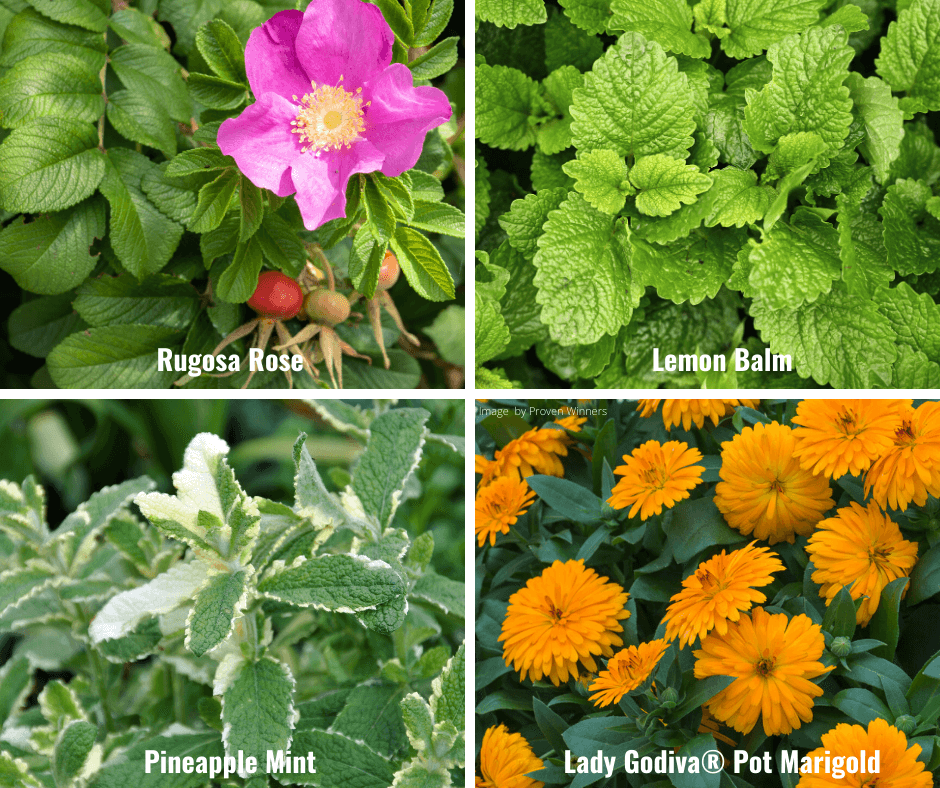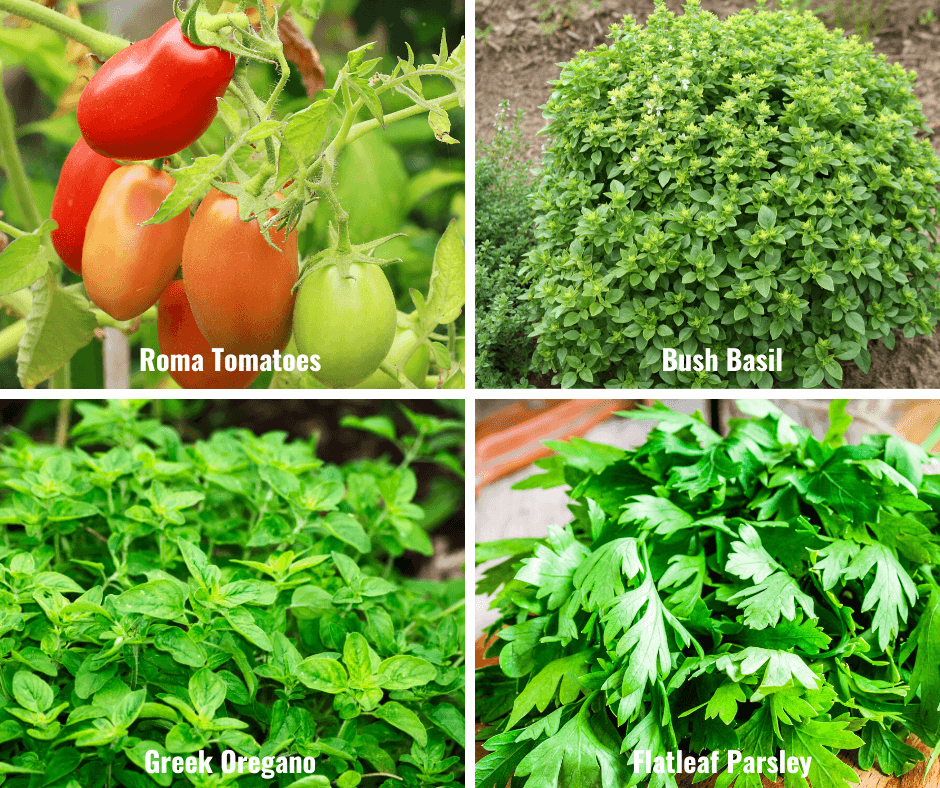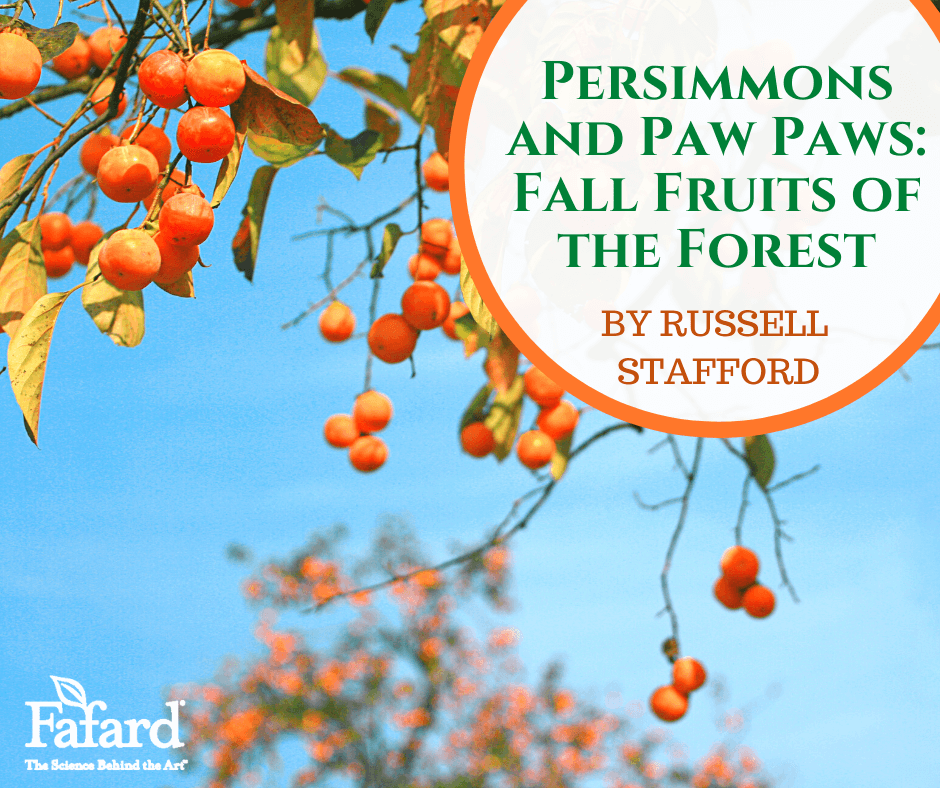
So you want to plant a fruit tree? Something that will fill that blank space in the back yard while supplying your family (and impressing your neighbors) with a bumper crop of juicy, scrumptious munchies? Great idea! Of course, you could always opt for a perfunctory apple or peach (which could all too easily develop into a horticultural and aesthetic nightmare). On the other hand, you could plant a tree (or two) that’s native to the eastern United States, offers year-round beauty, and yields succulent fruits that look and taste as if they came from the tropics.
American Persimmons

Case in point: your backyard (if it’s not too small) could grow real persimmons, produced by the only hardy species in the ebony family. How cool is that! Native from the deep Southeast to southernmost New England, American persimmon (Diospyros virginiana, USDA Hardiness Zones 4-9) is a comely, medium-sized tree characterized by knobbly, deeply grooved, “alligator” bark, large oval leaves, and relatively sparse, often sinuous branches.

Of greatest interest to culinary gardeners, however, are its flavorful fruits, which put on a show as they ripen orange in late summer and early fall. A heavily fruiting tree gives the impression of being hung with hosts of miniature pumpkins. Astringent at first, the pulpy flesh sweetens and mellows to an eggnog-like flavor as the fruits mature, reaching their peak as they wrinkle and soften. It makes for good fresh eating, as well as for yummy puddings, pies, and preserves. Far less remarkable are the fragrant, pale greenish-yellow, late-spring flowers, which tend to be exclusively male or female, requiring two trees for pollination and fruiting. Self-fruitful persimmons do occur, though, including ‘Meador’, an exceptionally cold-hardy, prolifically fruiting selection that bears at a relatively young age (typically 10 years).
Paw Paws
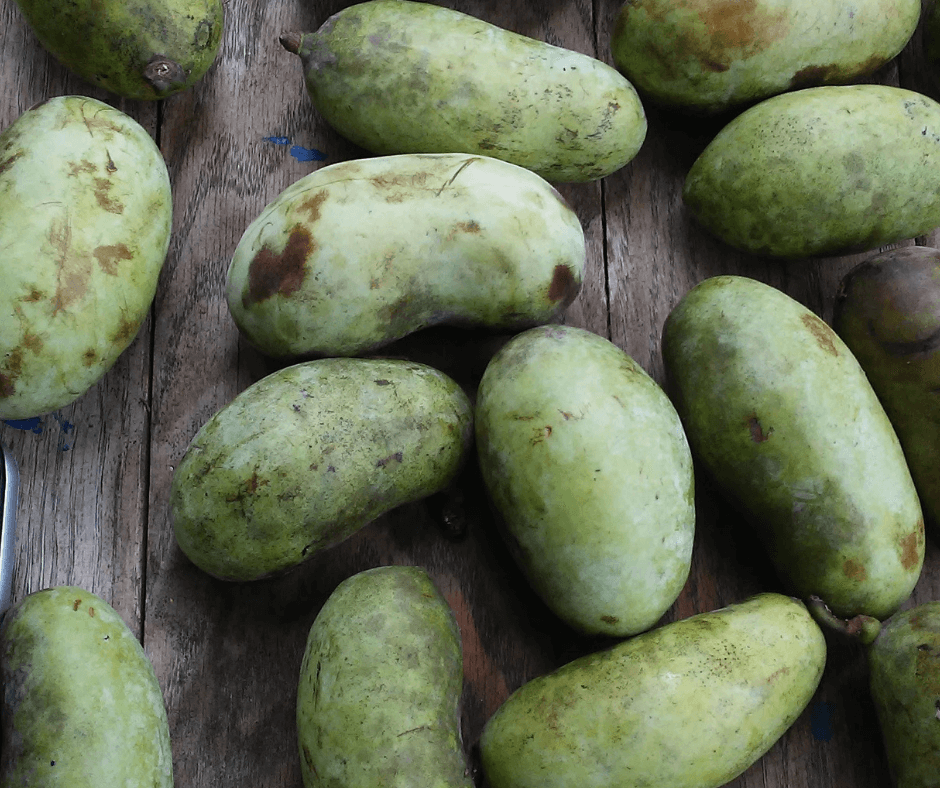
If you’d like a cool tropicalesque native fruit tree in a somewhat smaller size, there’s always the only hardy member of the custard apple family. Paw paw (Asimina triloba, zones 5-9) occurs in the understory of rich woodlands from the mid-Atlantic to the Southeast to the Midwest, typically growing as a gaunt shrub distinguished only by its bold, oblong leaves that broaden toward their tips. But it undergoes a total personality change in sunny or lightly shaded gardens, developing into a small, densely leaved, round-headed tree that brings an equatorial vibe to the temperate landscape. It also produces its large potato-shaped fruits much more willingly in cultivation than in the wild, provided more than one variety is grown.
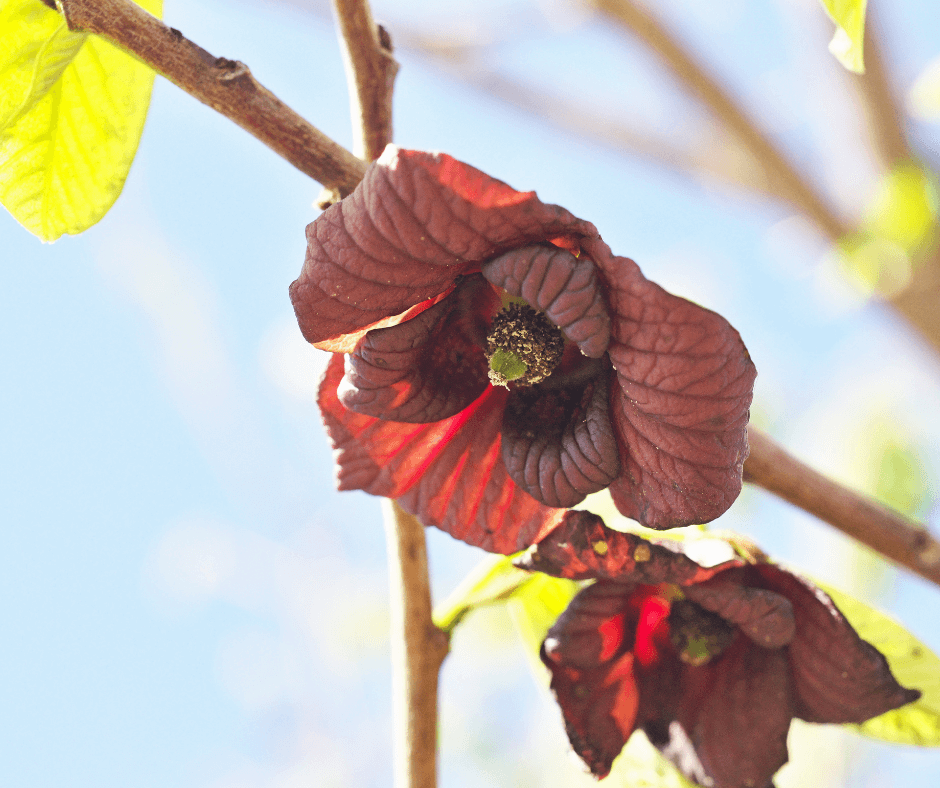
The fruit’s relatively thin, pale green to yellow-green rind encloses a fleshy interior that turns yellow as it ripens to a custardy texture in late summer or early fall. Flavor varies from delectable to astringent, with the flesh of most named varieties (such as ‘Susquehanna’ and ‘Sunflower’) possessing a delightful, fruity taste reminiscent of banana, pineapple, or mango. Large, bean-shaped seeds also occupy much of the interior but are typically smaller and fewer in cultivated varieties. Curious, fleshy, purple flowers precede the fruits in spring, adding to paw paw’s singular charm.
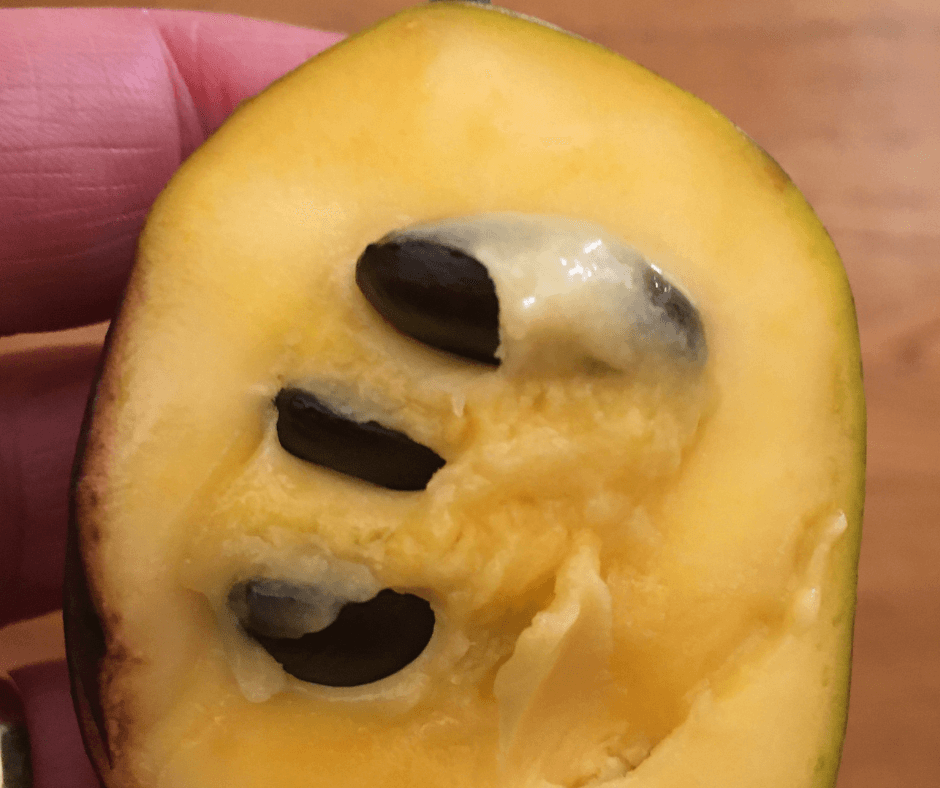
Of brief shelf life (and thus rarely appearing in markets), paw paw fruits are best eaten fresh off the tree, or incorporated into puddings, pies, preserves, custards, and ice cream. The flesh freezes well, making for a mid-winter, fridge-to-table treat. In addition to their delectable flavor, pawpaws also abound in nutrients including vitamin C, magnesium, iron, copper, manganese, potassium, amino acids, riboflavin, niacin, calcium, phosphorus, and zinc. As with American persimmon, pawpaw is a tree — and fruit — of distinction, that will do your yard and table proud.
Planting Persimmons and Paw Paws
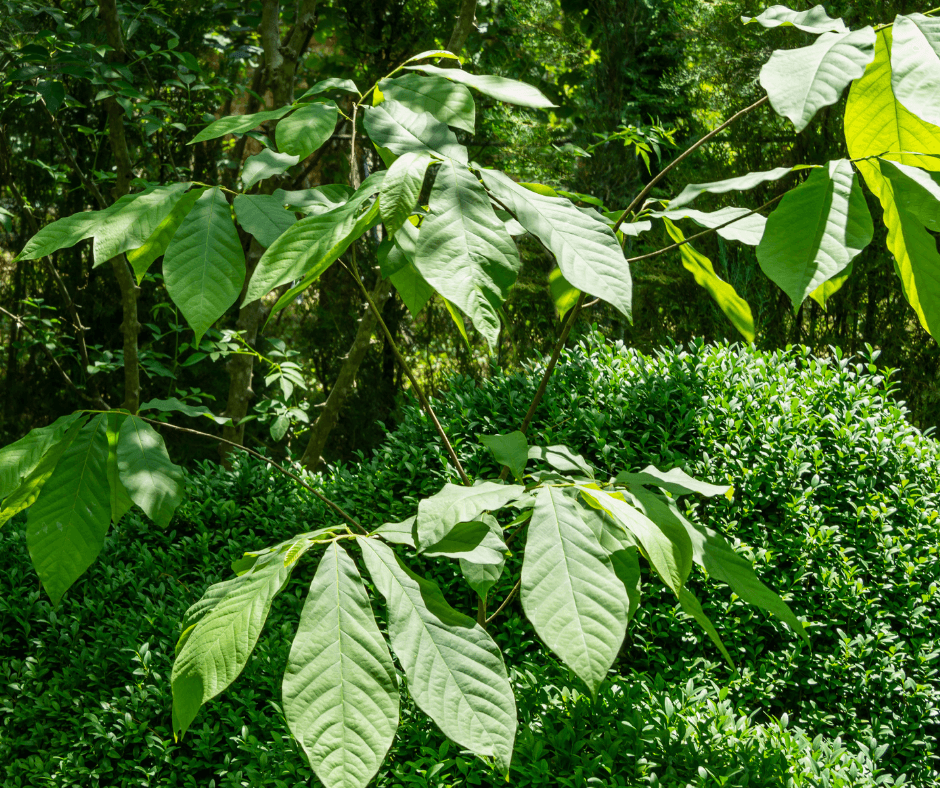
Get your new tree off to a good start by planting it in spring or late summer in a hole that’s the same depth but several times wider than its root ball. Backfill with native soil, and mulch with a good compost, such as Fafard Premium Organic Compost, topped by 2 to 3 inches of leaf mold or bark mulch. American persimmon grows well in most soils, but paw paw requires a relatively moist, humus-rich soil for optimal performance. Bon appetit! (Click here to read more about how to site and plant trees.)


